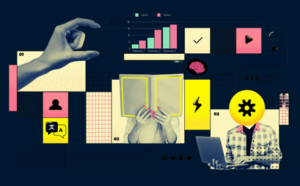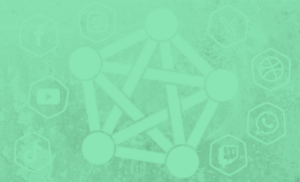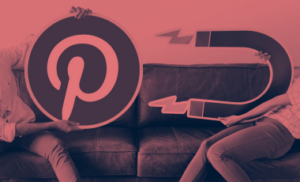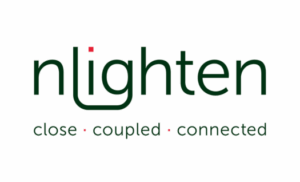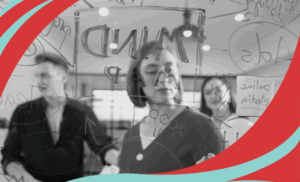The success or failure of social networks has usually been measured by the size of the community. If the number of users managed to scale up to a significant percentage of the potential audience, which in generalist digital media is hardly limited, it mattered little whether the members of the network were paying any kind of service fee.
The mass nature of the platform made it possible to justify the free platform by the possibilities of marketing advertising formats, since the diversity of people present ensured successful targeting, whatever the type of campaign. However, moves by some social networks, such as Twitter and Instagram, suggest that this scenario has come to an end. Not only are they looking for ways to monetise participation, but the way to do so is through the commercialisation of “self“, of who we are or of being someone. And let others know it.
The “badge” has traditionally been one of the instruments used to call the users of a digital community to action. To encourage a certain behaviour (buy more, comment more, post more…), since the early days of blogs, this type of symbol has been used to publicly reward and recognise the activity of a member of the group. That distinctive element set us apart from the rest and gave us prestige. Prestige was associated with knowledge: whoever stood out the most was usually a reference within the community. He knows more and has more experience.
“The badge has been a tool that has served as a call to action for the users of a digital community”.
Examples of the use of badges in social media
The Google Local Guides programme relied on distinguishing user levels to encourage the publication of reviews in exchange for standing out as a guide on the platform and having the possibility of accessing services or experiences for the most active and prominent.
Microsoft does not play that card, but LinkedIn, which it owns, does have Premium accounts active as a way to unlock some special features. Paying the Premium subscription allows us, among other things, the availability of InMail messages, access to Sales Navigator or to know who is browsing our profile at any time.
What is interesting is that the golden badge (the LinkedIn icon on our profile) distinguishes these users from those who do not pay to belong to the social network, creating the impression that they are part of a higher class: if they can afford to pay, it is because they are a more advanced and professional level of users and, as such, they are a reference.
Twitter Blue
With the arrival of Elon Musk at Twitter, one of the first decisions taken by the eccentric executive was the launch of the Twitter Blue programme as a way to monetise being and being active on Twitter. In practice, Twitter Blue means paying for the right to “shout louder”, as Facu Díaz said in the podcast “Quiet Everybody”. Musk has transformed it into a mechanism to privilege visibility and publications, regardless of the relevance of the user.
From April 2023, Twitter Blue goes one step further: it removes the blue “checks” that were held by accounts prior to the current system and makes them the social network’s noble class. Only those who subscribe to Twitter Blue will be able to see their profiles suggested. In addition, they will be the only ones who will be able to answer the surveys. The rest of us will be – will be – mere extras. They will be spectators trying to poke their heads out of the crowd only to be drowned out by the conversation of supposed influencers within the platform who will only acquire such status because they are willing to pay for what was once free.
Meta also wants to charge for profiles
Meta has announced its intention for Facebook and Instagram to follow suit. The Meta Verified paid subscription package, which will be progressively rolled out worldwide, will bring the coveted blue “check” closer to those of us who did not qualify for it. It will do so for just $12 per month. This will definitively break the symbolism of this insignia.
As a behavioural nudge, the badges exploited cognitive biases to reinforce our impression that the wearer deserved it, and that this deservedness is the result of a prestige acquired by being who he or she is. By turning prestige into a simple object of exchange for money, we deceive the rest of the users, who continue to interpret this symbol as identifying those who stand out for their achievements.
“By turning prestige into an object of exchange for money, we deceive other users, who continue to interpret the badge as identifying those who stand out for their achievements”.
The problems of payment identity verification
Deception is even more dangerous because it enables, for example, phishing (someone generates a profile with our name, pays Twitter Blue and gives the impression that it is the real one and not the fake one). It also enables the dissemination of fake news because, if the sharer bears the blue tick, it lends an assumption of credibility to the sharer who does not. And finally, it contributes to destroying social conversation because, by privileging the shouting of a few over the publications of the rest, we will only hear them shouting whatever they feel like shouting.
Not so long ago, users were a necessary part of the social media business as voluntary creators of content (the posts). This allowed other users to be attracted and retained and gave meaning to the whole machinery of social ads campaigns.
Now, we are clients of our vanity or our need to be heard. We will see if we are willing to settle and pay for it.

